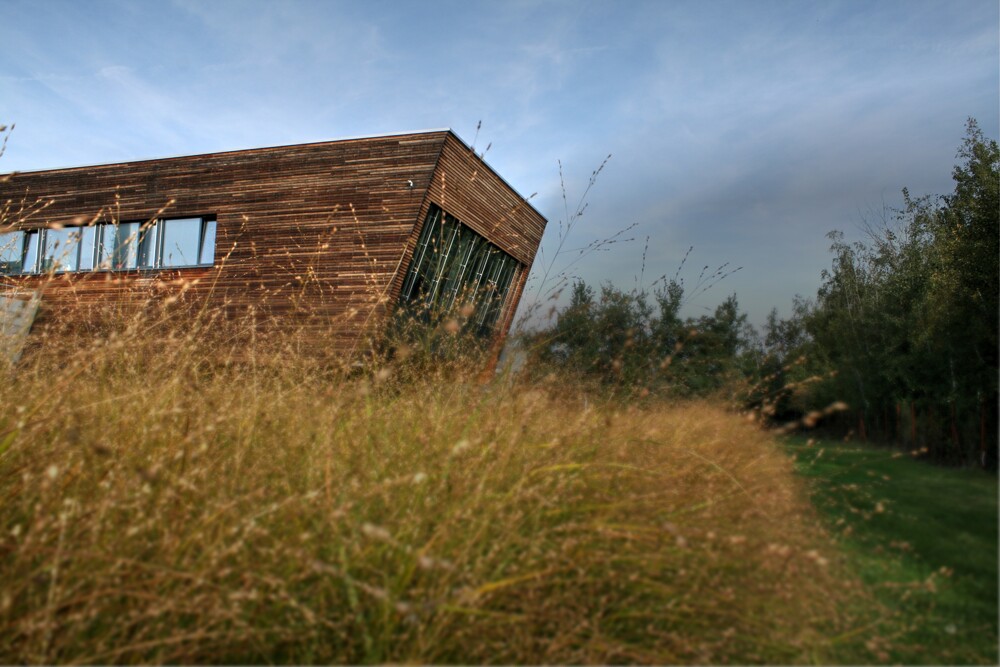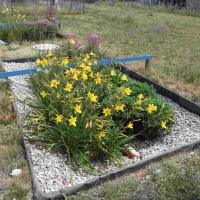

In the Buštěhrad area of the University Center for Energy Efficient Buildings of CTU, we have been monitoring the functioning of two experimental rain gardens for a long time. The knowledge gained should contribute to more effective retention of water in the landscape, which has been plagued by drought especially in recent years.
The purpose of rain gardens is to capture torrential rainfall, which instead of quickly draining into the sewers, should naturally soak into the soil or evaporate into the air and thus contribute to maintaining water in the landscape. The principle of the device is very simple. Basically, these are depressions in the terrain, where water flows and is retained from paved surfaces, such as building roofs, roads, parking lots or sidewalks. The root systems of planted plants help to filter and retain water.
The goal of the testing, which began in 2017, is to assess the functioning of the soil layer in rain gardens from a long-term perspective. The humidity and soil potential of the filter layer, the height of the water level and the amount that flows in and out of it are currently being monitored on the experimental areas. In order to accurately evaluate the water balance, both rain gardens are isolated from the surrounding environment.
Soil samples were taken from the filter layer of the rain gardens, which were then photographed with X-ray tomography to evaluate changes in the soil structure. The interim results so far show that the total volume of retained water in the investigated rain gardens is not too large, but the time of maximum runoff is delayed by several minutes. It was found that even in the dry summer months of 2018 and 2019, the filter layer was moist and the plants thrived without additional watering. From the samples taken, it was found that the soil consolidated in the first year and the proportion of large pores decreased.
In addition to ongoing monitoring, the next research step is to apply existing and develop new mathematical approaches for simulating water movement in rain gardens. Mathematical modeling can help design rain gardens or other infiltration structures more effectively in the future.